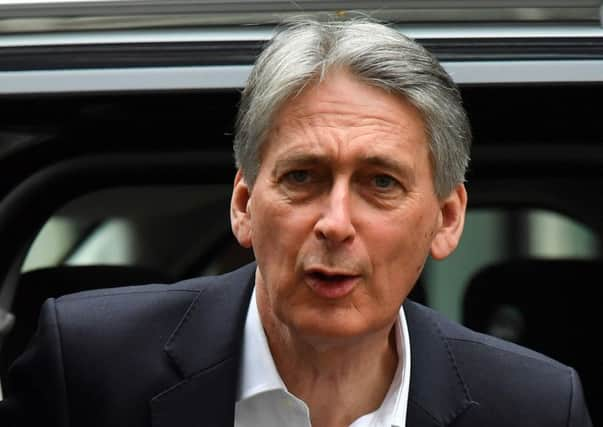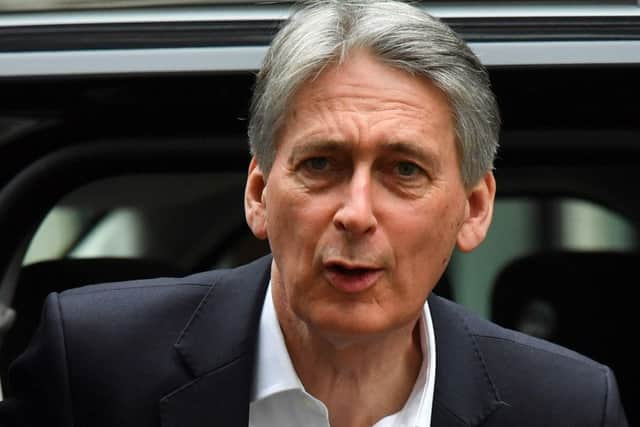UK turns its first surplus for 16 years


In a significant milestone on the UK’s long economic recovery, net public sector borrowing in March fell to the lowest level for 14 years, beating the Chancellor’s full-year deficit target.
The Office for National Statistics (ONS) said overall borrowing excluding public sector banks fell £3.5 billion to £42.6 billion in the fiscal year. The full-year figure was the lowest since 2006-07 and was also below the £45.2 billion predicted by the UK’s fiscal watchdog, the Office for Budget Responsibility (OBR).
Advertisement
Hide AdAdvertisement
Hide AdBorrowing in March fell £800 million year on year to £1.3 billion - the lowest borrowing for the month since 2004.


The ONS data also showed a £112 million surplus in 2017-18 on the UK’s current budget, which measures day-to-day spending by the government excluding investment - the first surplus since 2001-02.
Mr Hammond cheered the lower-than-expected borrowing figures.
He said: “Thanks to the hard work of the British people, borrowing is the lowest in over a decade.
“Our economy is at a turning point with debt starting to fall and people’s wages rising, as we build an economy that truly works for everyone.”


Mr Hammond has set a goal to eliminate the budget deficit in the next few years and cut debt as a share of gross domestic product (GDP) each year from 2018-19.
The latest ONS figures showed overall public debt stood at 86.3 per cent of GDP, up from 85.3 per cent of GDP in the previous financial year.
But it is being pushed higher by the temporary effect of the Bank of England’s lending scheme launched following the Brexit vote. Stripping this out, net debt as a share of GDP is already falling.
Advertisement
Hide AdAdvertisement
Hide AdJohn Hawksworth, chief economist at PwC, said: “The deficit is now down to only around 2 per cent of GDP, slightly lower than it was just before the financial crisis - for the first time since 2002, the Chancellor is meeting Gordon Brown’s old Golden Rule of borrowing only to invest.”
He added: “The Chancellor will want to build up a larger comfort margin than this in future years, but it is clear that the repair job on the public finances begun by George Osborne in 2010 is now well on the way to completion.”